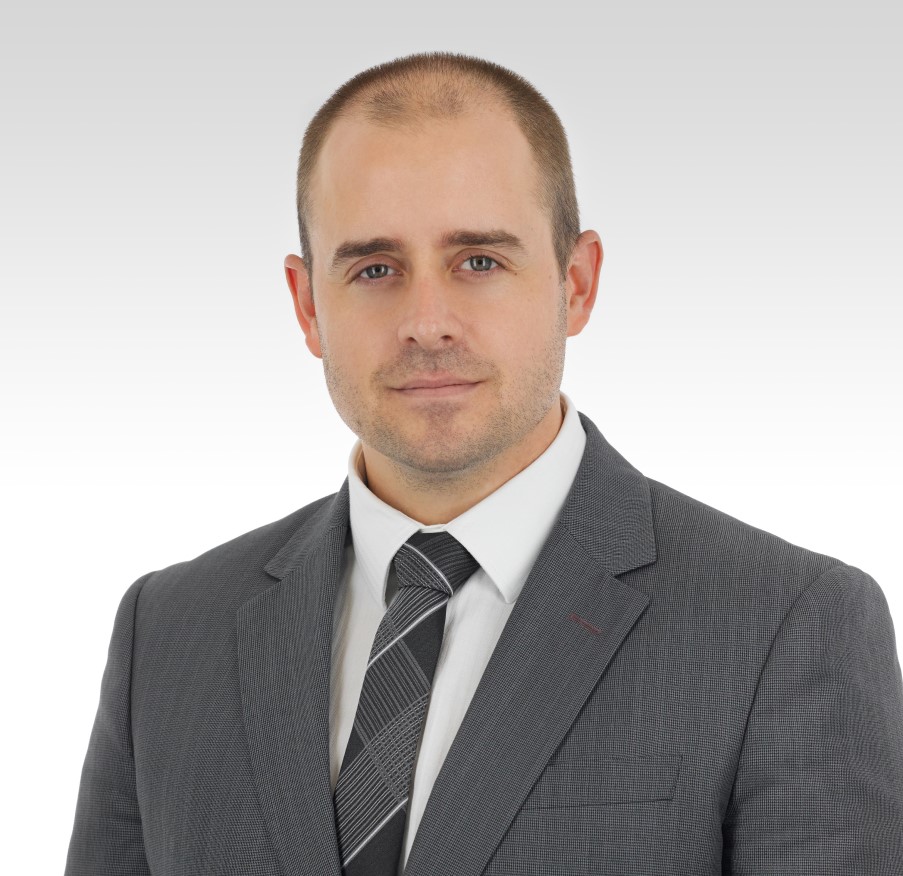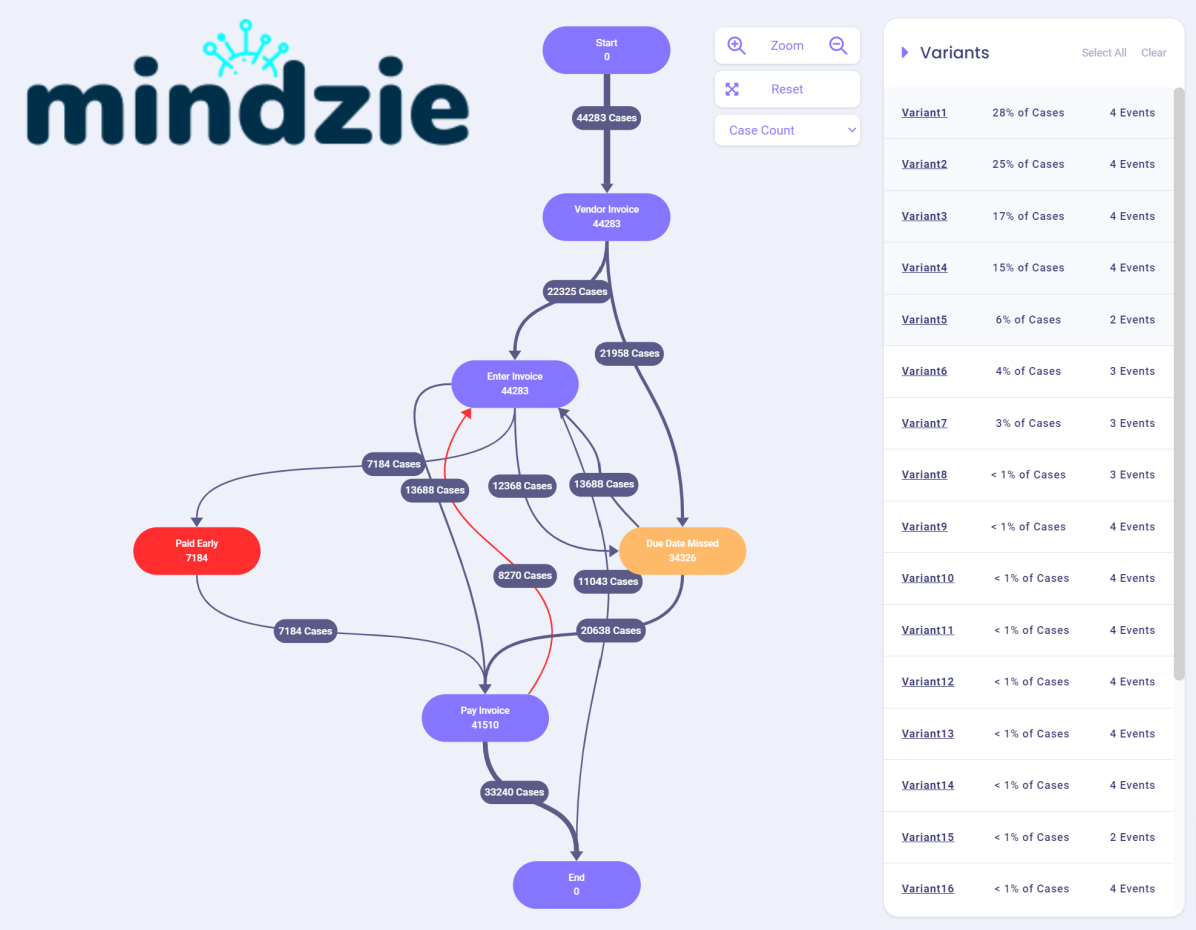Developer’s point: mindzie
developers point end-users cornerA chat with James Henderson
 James Henderson is the CEO of mindzie, a young and fast-growing company in the area of process mining. We talk with him about the evolution of the company and platform, alongside ideas worth sharing about process mining.
James Henderson is the CEO of mindzie, a young and fast-growing company in the area of process mining. We talk with him about the evolution of the company and platform, alongside ideas worth sharing about process mining.
James, tell us a bit about yourself
I did my education in Computer Science and have always been a fan of technology. As for my career, prior to mindzie I was running a mid-size Canadian public company in the security and surveillance sector that we built into an industry leader, and then eventually it was acquired back in 2018.
Where did the idea of creating mindzie come from?
The origins of mindzie actually came from the time when I was operating my previous business. In that organization, we had a tremendous amount of success and were growing rapidly. However, our backend operations were struggling to keep up. So I ended up creating a department that was focused on business process improvement, looking at things like procurement, customer order entry, and support. It proved to be a very successful investment, so when I sold that business in 2018, it got me thinking about how this type of challenge could be solved with technology. After doing a lot of research, I came across the concept of process mining and – needless to say – “fell in love” with it. That was the beginning.
Maybe a secret here, but what is the meaning of “mindzie”?
No secret on this one. The concept came from the idea of “mining” mixed with using your “mind” as process mining is really an entirely new way to look at a business (looking at it as more than just static reports but as a living organism with workflows). Then the “zie” just added a degree of fun and hence “mindzie”.
What is the fundamental technical concept behind mindzie?
The fundamental concept is the democratization of process mining. How to make process mining both accessible and useable by businesses of all shapes and sizes – not just the very large enterprise. To do this, we have developed a very results-focused, low-code, process mining platform based on what we call blocks to create analysis. It not only provides the flexibility to do advanced analysis but also offers a user-friendly interface that can be leveraged by people who are not data scientists.
We see that mindzie is a young but fast-growing company. Looking back, what are its key moments and milestones?
Our first turning point was when we completed the first version of the platform and put it in production for a customer. It’s one thing to build something in a lab, it’s another to put it into the world and actually have it prove its worth. From there, it was really about building out a world-class team and then accelerating our go-to-market efforts. Once we had proven our tool, we deployed it for a range of new customers, who provided us with additional insights into new features and value we could add. And now, with the explosion of process mining, we are in the right place and the right time to accelerate our success even further, with more and more companies looking to leverage the technology – as well as a growing number of new use cases.
Process mining is a rapidly evolving topic. Where do you see your company – and process mining itself – in 5 years?
I believe that the benefits and use cases for process mining have only just begun to be explored. As we continue to evolve, I believe that process mining will be the BI of the future as all companies will deploy it to get this new layer of insights into how their business runs and where the opportunities are. For us, we will be focused on evolving our platform to support both experienced process miners and a new set of business analysts leveraging process mining. Leveraging AI, simulations, and other techniques to focus attention on the things that are most impactful to the business.
To close the interview, a tough one: If you could characterize your tool in one sentence (a) without superlative adjectives (e.g., “best”, “fastest”, “most accurate”) and (b) not mentioning competitors, this sentence would be…?
The low-code process platform of mindzie is focused on two key avenues: bringing the benefits of process mining to companies of all sizes and users at all skill levels, as well as continuing to grow our channel with partners, who we see as a key asset to ensuring the success of what we refer to as “Process Mining as a Service”.

- This article has been updated on September 2 2022, 15:52.
- A chat with James Henderson

